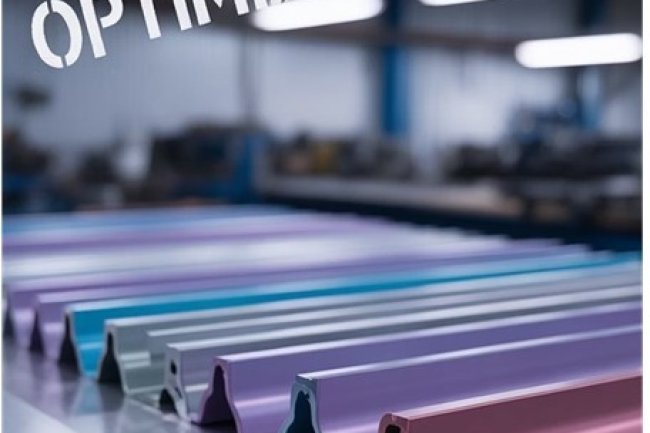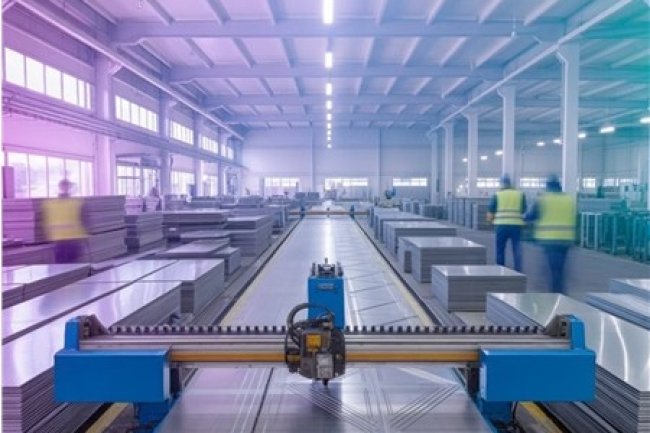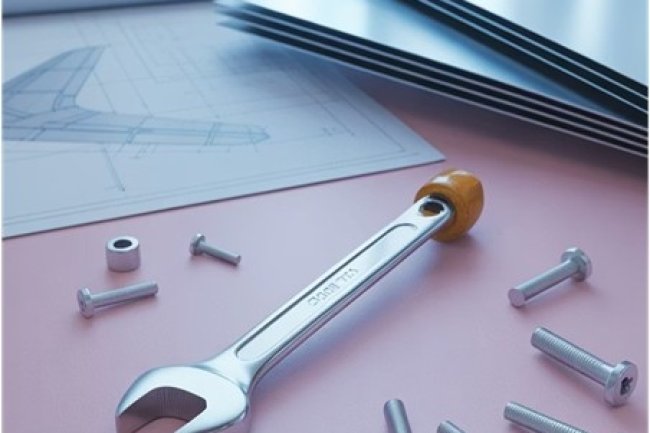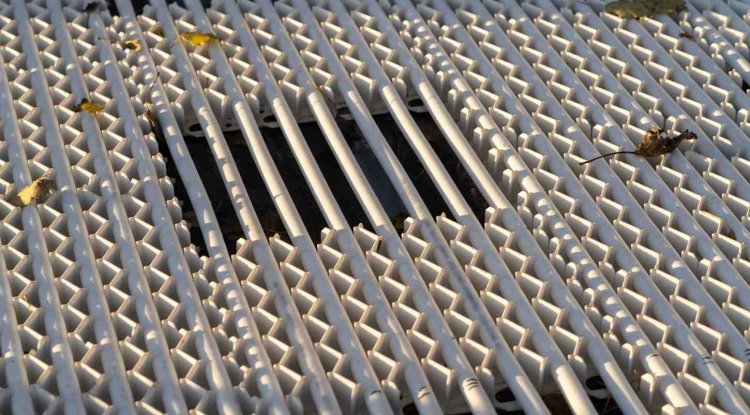Leveraging CAD for Precision in Complex Sheet Metal Components
Transforming complex sheet metal designs from concept to reality requires precision at every step. Today, we'll explore how Computer-Aided Design (CAD) is revolutionizing this process for construction and fabrication professionals.
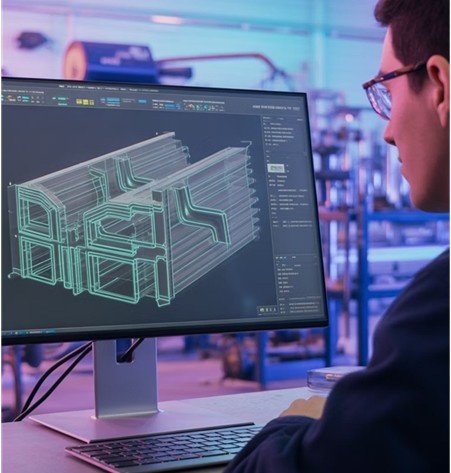
Why Precision Matters in Sheet Metal Fabrication
Reduced Waste
Accurate designs minimize material waste, lowering project costs by up to 15-20% on complex components.
Better Assembly
Precisely fabricated parts fit together correctly the first time, reducing expensive rework and project delays.
Improved Performance
Components that meet exact specifications perform better in their intended applications, extending service life.
In an industry where millimeters matter, CAD technology offers unprecedented control over every aspect of sheet metal design—from basic geometries to complex bends and cutouts that would be challenging to visualize with traditional methods.
Key Benefits of CAD for Sheet Metal Projects
|
|
Overcoming Common Sheet Metal Design Challenges
Complex Bend Sequences
CAD software automatically calculates bend allowances and sequences, preventing collisions during fabrication while maintaining dimensional accuracy.
Material Thickness Variations
Modern CAD programs account for the springback effect and material variations, ensuring final components meet precise specifications.
Complex Assemblies
Many contractors working with Consac have reported that CAD systems excel at designing interlocking components that assemble correctly every time.
When properly implemented, CAD technology transforms these challenges from potential roadblocks into manageable aspects of your fabrication workflow.
Implementation: From Design to Fabrication
Design Creation
-
Start with accurate 3D modeling of components, specifying material properties and thickness requirements
Design Validation
-
Run simulations to test for structural integrity, manufacturability, and assembly constraints
Production Preparation
-
Generate fabrication-ready files with bend sequences, flat patterns, and tooling requirements
CNC Integration
-
Transfer validated designs to fabrication equipment with minimal manual intervention
Getting Started: Practical Next Steps
For Beginners
- Start with entry-level CAD software designed specifically for sheet metal applications
- Invest in training for your design team on sheet metal-specific CAD techniques
- Begin with simple components before tackling more complex projects
For Experienced Users
- Implement advanced simulation tools to predict material behavior
- Create standardized component libraries to speed up future designs
- Integrate your CAD system directly with fabrication equipment
ROI Insight
Most construction and fabrication companies report that their CAD implementation pays for itself within 6-12 months through reduced errors, material savings, and faster project completion.
By systematically implementing these CAD strategies, your team can achieve new levels of precision and efficiency in sheet metal component production.
What's Your Reaction?








